Commentary: Five Early Standouts from the 2018 IPCPR Trade Show
18 Jul 2018
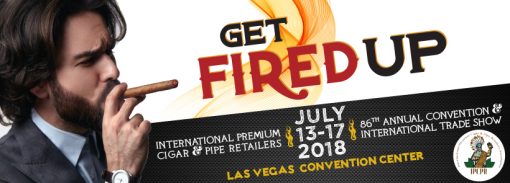
Despite a small electrical fire that caused a little damage to some booths by setting off the sprinkler system, and a outbreak of the flu at the host hotel, the International Premium Cigar and Pipe Retailers Association (IPCPR) Trade Show is in full roar in Las Vegas. While IPCPR occasionally holds the convention, the biggest of the year for handmade cigars, in other cities, any who attended multiple trade shows can tell you the event is at its natural home when it is in Las Vegas.
Like many, we’re still digging through the many press releases and announcements of new cigars, so we reserve the right to add to this list. But here are five new cigars we’re particularly excited to check out when they hit shelves in the coming months:
Illusione OneOff
Actually announced a couple months ago, OneOff is a reboot of a cigar that was popular in early 2000s but faded away only for Illusione owner Dion Giolito to purchase the trademark last year. The eight-vitola line is made at TABSA and, while Giolito is being tight-lipped about the exact blend, given Illusione’s track-record this is a cigar I’m looking forward to.
Drew Estate Liga Privada 10-Year Anniversario
Ten years, ago Drew Estate introduced Liga Privada and completely changed the way cigar smokers thought about Drew Estate, which up until that point had been primarily a maker of infused cigars. As production and demand increased, many (myself included) felt Liga Privada, while still good, was not as exceptional as when it first arrived. Will the 10th Anniversary release of Liga Privada hearken back to the standout days when the brand first burst onto the scene? I’m looking forward to finding out.
Nestor Miranda 75th Anniversary
Nestor Miranda’s Miami Cigar Co. and Don José “Pepin” Garcia have collaborated to make some of my favorite cigars over the years. So Pepin making a Nicaraguan puro for his longtime collaborator Nestor Miranda is something I’m particularly interested in trying. The large, salomon-sized cigar features a Corojo wrapper and Nicaraguan binder and filler. Only 15,000 are scheduled to be made, and I’m looking forward to trying one.
Partagas Legend
Partagas Legend is a tribute to five legendary cigar men who contributed to the Partagas brand: Jaime Partagas, Ramon Cifuentes, Edgar Cullman Sr., Daniel Nunez, and Benji Menendez. The box-pressed cigar uses a Connecticut Broadleaf wrapper, Honduran binder, and Dominican Piloto Cubano filler. The Partagas brand is, in my opinion, too frequently overlooked, but I don’t plan to overlook the Partagas Legend.
Aging Room Puro Cepa
To say Rafael Nodal has been busy lately would be an understatement. In addition to his Aging Room brand, he has joined with Altadis’ Tabacalera USA. We could just as easily have picked the new Montecristo Nicaragua for this final pick, but perhaps more interesting is Aging Room’s new Nicaraguan cigar called Puro Cepa. Made with tobaccos from all four major Nicaraguan growing regions (Ometepe, Jalapa, Condega, and EstelÃ), it is the rare Nicaraguan puro from Aging Room which has made some very under-the-radar cigars in recent years.
–Patrick S
photo credit:Â IPCPR


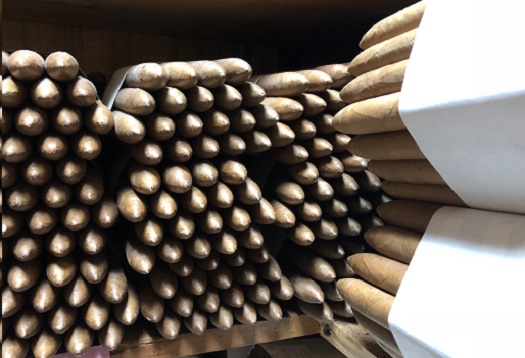
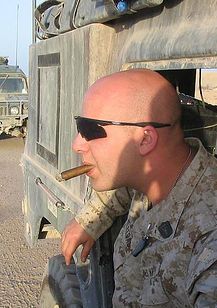 If you win cigars this week, donate them. If you’re planning to send a bomb to a friend or cigar board acquaintance, give the cigars to service men and women instead. If you receive a bomb, pass it along to the men and women in uniform who can’t go out and buy cigars but would truly enjoy the opportunity to smoke one. Stop by a local B&M to see what sort of operation it has for sending cigars to the troops (many shops do) and make a contribution. Check the programs several manufacturers have to give cigars to the troops when you make a purchase.
If you win cigars this week, donate them. If you’re planning to send a bomb to a friend or cigar board acquaintance, give the cigars to service men and women instead. If you receive a bomb, pass it along to the men and women in uniform who can’t go out and buy cigars but would truly enjoy the opportunity to smoke one. Stop by a local B&M to see what sort of operation it has for sending cigars to the troops (many shops do) and make a contribution. Check the programs several manufacturers have to give cigars to the troops when you make a purchase.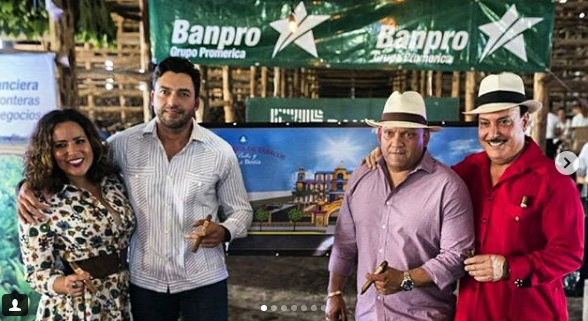
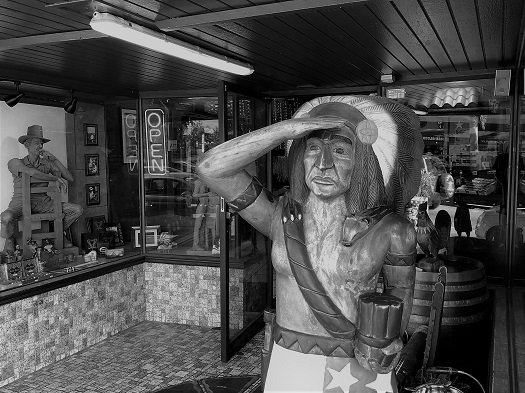
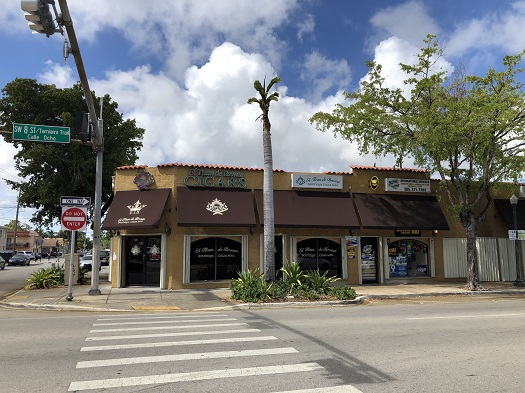
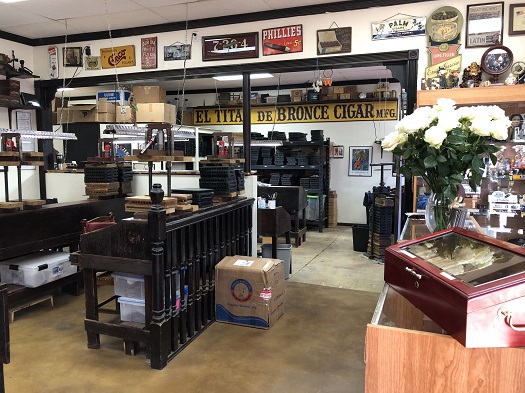
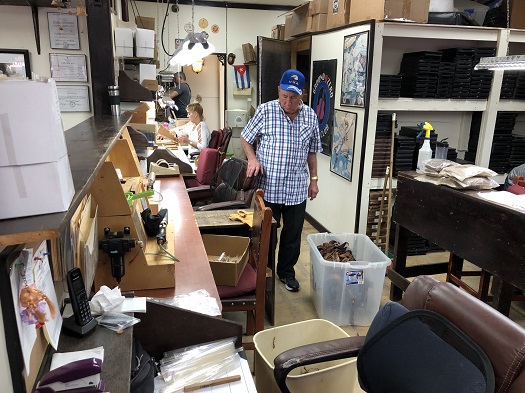
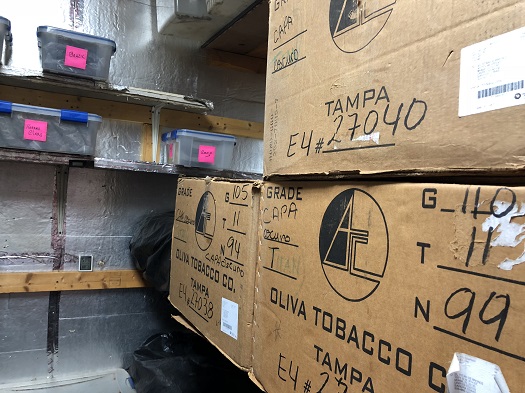
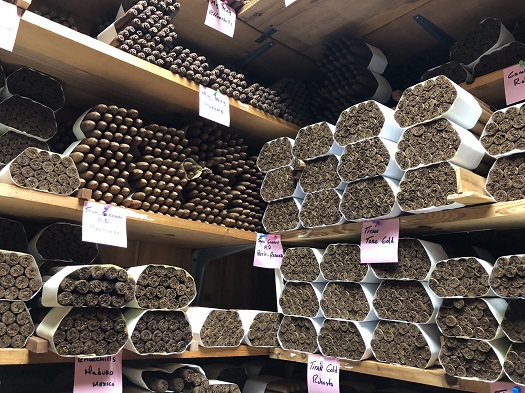
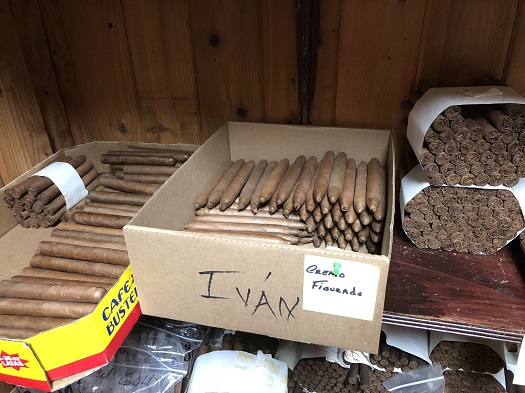
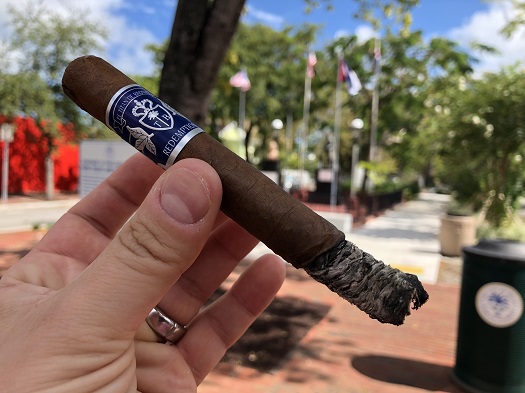
 Patrick Ashby
Co-Founder & Editor in Chief
Patrick Ashby
Co-Founder & Editor in Chief Patrick Semmens
Co-Founder & Publisher
Patrick Semmens
Co-Founder & Publisher George Edmonson
Tampa Bureau Chief
George Edmonson
Tampa Bureau Chief